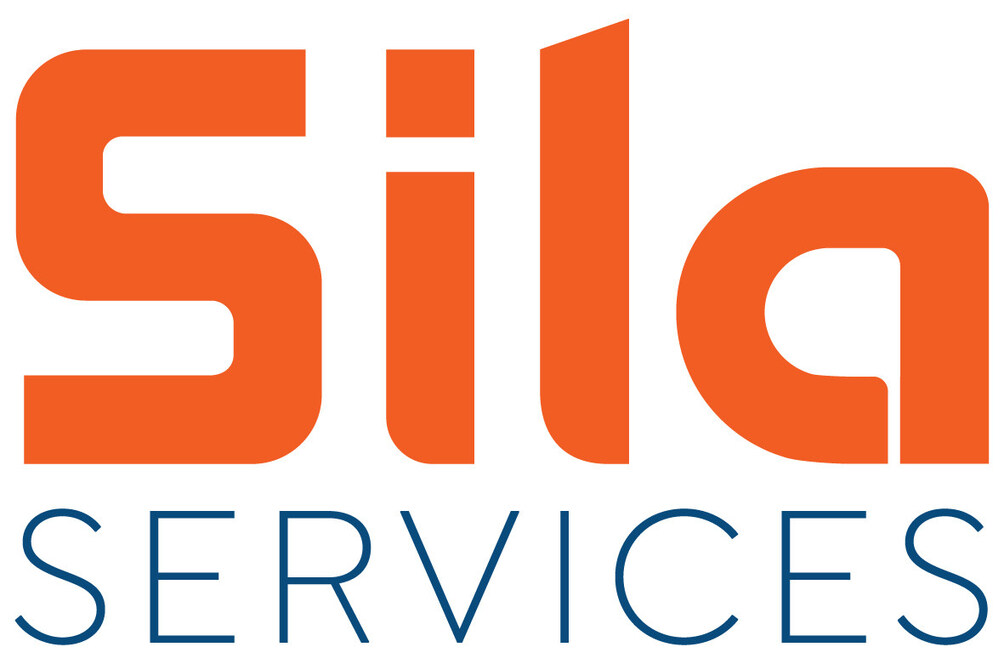
News
Roadmap for Trade Contractors: How to Unlock Aftermarket Field Service Revenue
By Steve Andrew
With prices dropping and profits shrinking from equipment sales, trade contractors are looking to unlock more revenue by establishing aftermarket service contracts to maintain equipment availability throughout its entire lifecycle. Steve Andrew, Vice President of Marketing, North America, at IFS has written a checklist of the nine key field service management (FSM) functionalities trade contractors need in order to effectively implement and manage aftermarket service contracts.

Trade contractors are realizing that aftermarket service contracts can grow into important revenue streams. But simply having an aftermarket service division of the business doesn’t guarantee a new profit center. In a recent Aberdeen research report, service industry executives listed product and service competition as the number one competitive pressure facing the industry.
This is where a new breed of intelligent field service management applications come in. Further research has shown that firms using field service solutions experience more than 5 percent year-over-year service revenue growth. Those without these solutions experience nearly a 5 percent loss of service revenue.
So, implementing software to enable profitable growth seems smart. But not all field service applications address all of the unique challenges faced by trade and specialty contractors.
1. Meet Contract Requirements
At a basic level, field service management software should take into account all contract parameters to ensure all customer-specific SLAs are met. This may include technician response times, preventive maintenance coverage or escalation rules. It should also cover customer or equipment-specific pricing, the scope of work and maintenance obligations, customer or contract-specific invoicing, contract visibility and concession tracking, warranty management, as well as any additions and changes or cancellations to work orders.
2. Omnichannel Request Handling
Software must be able to initiate a work order regardless of how a customer makes the request—phone, email and online portal are the three main channels. Preventive maintenance should also be considered, as contracts can mandate maintenance at specific intervals such as equipment cycles.
As more companies are using IoT sensors to track both at-risk components and overall health of equipment health for field service management, software should also be able to receive fault information and automate the appropriate steps, including ordering parts and opening a work order.
3. Execute that Work Order
With work order functionality on a mobile device, the technician can issue quotes at a fixed or not-to-exceed price, secure approval on work orders and generate new ones while in the field. But more advanced functionality must guide the technician through advanced processes. Technicians need access to equipment manuals, schematics, service tutorials and live support from experts while in the field.
Field service software should also help streamline the creation of checklists to package required information on parts and processes involved in each service task. This is important when there is a consulting, inspection or professional services element to your field operations.
4. Getting Technicians in the Right Place, at the Right Time
Scheduling optimization puts management in control of the field service workforce by dynamically generating an optimized route and providing information on specific jobs for technicians. This includes geolocation services to track technician location, which can then be relayed to the customer.
As new service requests turn into new work orders, the schedule adjusts automatically and assigns technician tasks based on location and availability. Scheduling optimization has delivered 15 percent reductions in travel and overtime costs, 40 percent improvement in technician productivity and more than a 20 percent improvement in SLA compliance and on-time service delivery.
5. Generating Quotations
From service reps taking inbound calls to technicians in the field selling additional work or service contracts, quote generation is a field service necessity. Information must be available in the system to support adequate pricing. For example, what did similar projects cost in terms of time and materials in the past? What customer-specific pricing might apply?
Quotes often must be reviewed and approved, so the software needs to route the quotation through relevant stakeholders. Once it is approved, the quote must then be presented to the customer before work begins – either through email, hardcopy or on a device screen.
6. Know Where Your Parts Are
A lack of parts is the single biggest factor preventing contractors from improving first-time fix rates. You can get a technician to the customer site quickly, but if they do not have the parts required or that part is out of stock, you will be wasting resources on return trips while damaging customer relationships.
Serial traceability of inventory is important not only to track the warranty status of parts that are installed, but to mitigate risk in the event of part recalls. Field service management software can deliver serial traceability of specific parts, components and subcomponents by customer, worksite or by the machine or asset it is being installed in, along with the date it was put into service and warranty provisions from your company and the manufacturer.
7. Keep Control of Subcontractors
Subcontractors are often involved in executing field service work. Supporting software needs to enable them to receive and complete work orders, capture information on the subcontractor’s capabilities, skill sets and available equipment, and enable you to route tasks to appropriate subcontractors when required.
Visibility into the workload of your subcontractors isn’t always possible, so field service software should be able to route a service request to a preferred subcontractor and, if not accepted within a certain time, route it to the next until the task is accepted. Subcontractor management should also reflect the time of arrival you have negotiated and track their performance so you can monitor SLA performance.
8. Getting Paid
Field service management software should capture all invoicing details to streamline the handoff of invoices and so that margin analysis can be performed at a granular level. This is essential for a contracting business to increase invoicing efficiency by reducing administrative work – helping you get paid faster.
This can be achieved easily by field service management software with a flexible invoicing and billing engine and configurable invoice rules. Invoicing functionality should reconcile the invoice with the terms of the customer contract, including customer-specific pricing, any agreements on payment terms, and how the customer would like the invoice routed depending on equipment type, location or other factors.
9. Performance Monitoring
Without field service management, pulling analytics on service performance is extremely difficult. Pulling data from disparate systems just to find out if you are making or losing money is time consuming and error prone. Sales orders, service orders and other transactional tools all contain data for invoicing and should be part of your field service management solution to help drive configurable analytics of your service organization’s financial performance.
Operational metrics are just as important as financial metrics so you can determine if you are operating efficiently and if your customers are well-served. Field service software takes data from throughout the service lifecycle from order intake right through to dispatch and work order execution. This can even be combined with data from contract management to get visibility into your efficiency levels and how well you are delivering on contracts and SLAs.
10. FSM Checklist – the Key to Success
If you are evaluating field service management software, it will be important to ensure it addresses all of the points on this checklist. Without the efficiencies created by FSM software, organizations executing aftermarket service face the reality of leaking yearly revenue as customer requirements evolve, new SLAs are set, and disruptive technologies arrive.
About the Author
Steve Andrew is Vice President of Marketing, North America, for IFS. He is responsible for all marketing and business development activities in the region. He has 30 years of experience in the enterprise software industry, all of it with IFS North America and Effective Management Systems, which IFS acquired in 1999. Andrew holds a degree in business administration from Cardinal Stritch University in Milwaukee, Wisconsin.














